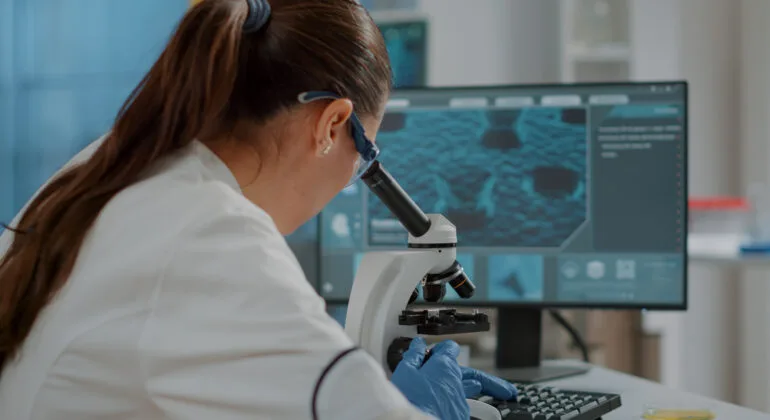Integrating Electronic Medical Records (EMR) and Laboratory Information Systems (LIS) through an HL7 interface is crucial in modernizing healthcare and improving patient outcomes. A well-designed HL7 interface can streamline the transfer of patient data between systems, enabling healthcare providers to make informed decisions based on up-to-date information. However, to ensure that the integration is successful, several important factors must be considered.
Data Accuracy
One of the most critical factors in EMR–LIS integration is data accuracy. The data exchanged between the two systems should be accurate, consistent, and complete to ensure that the patient’s medical history and treatment are not affected by incorrect information. To achieve this, organizations must invest in quality control measures and validate the data before it is transmitted.
Data Security
In today’s world of data breaches and cyber attacks, protecting patient information is of utmost importance. The data being transmitted between the EMR and LIS should be protected from unauthorized access and tampering through the use of secure data transmission protocols and encryption. This will ensure that the patient’s sensitive information remains confidential and protected.
Data Formatting
The HL7 interface should be configured to support the required data formatting for the EMR and LIS systems. This includes data elements, data structures, and message types. Organizations must ensure that the HL7 interface supports all of the necessary data elements to ensure that the information being transferred is accurate and complete.
Interoperability
The HL7 interface should be designed to support interoperability between the EMR and LIS systems. This involves ensuring compatibility with different versions of HL7 and other health information standards. Interoperability is crucial for the seamless transfer of information between systems and ensures that healthcare providers have access to the most up-to-date information when making decisions about patient care.
Performance
The HL7 interface should be designed to support the high volume of data transactions that occur between the EMR and LIS systems. This includes optimizing message processing times and handling large data transfers. A well-designed HL7 interface should handle the healthcare system’s demands and provide fast, reliable data transfer.
Monitoring and Maintenance
The HL7 interface should be monitored to ensure that it functions correctly and that any errors or issues are promptly addressed. This includes regular testing and maintenance of the interface. Organizations should also have a plan in place to handle any unexpected outages or issues that may arise.
Cost
The cost of implementing and maintaining the HL7 interface should be considered, including licensing fees, hardware costs, and staffing requirements. Organizations must balance the cost of the interface with the benefits it provides to ensure that it is a worthwhile investment.
In conclusion, integrating EMR and LIS systems through an HL7 interface is critical in modernizing healthcare and improving patient outcomes. By considering the important factors discussed above, organizations can ensure that their EMR and LIS systems are effectively integrated, providing a seamless and efficient workflow for healthcare providers.


